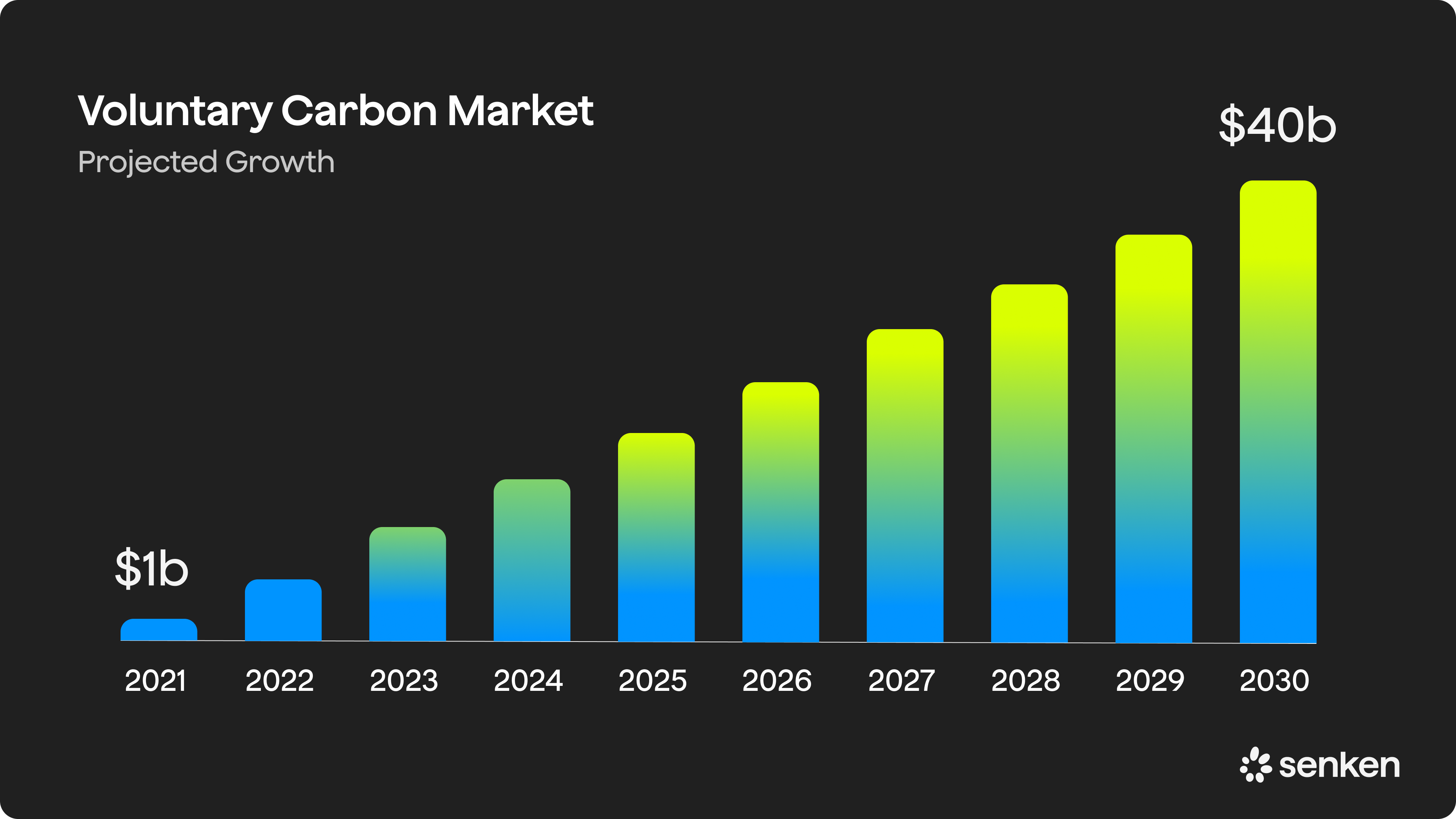
How does the voluntary carbon market differ from the regulated compliance market?
The voluntary carbon market operates independently of the regulated carbon market. The latter is part of regulatory systems such as the EU Emissions Trading System, which legally requires high-emission industries to manage and neutralise their carbon emissions. In contrast, the voluntary carbon market targets companies that want to achieve national net-zero targets, improve their brand image or prepare for upcoming regulations.
What do sustainability managers need to look out for in the voluntary carbon market?
While the voluntary carbon market offers significant opportunities for companies to advance their sustainability goals, it has attracted widespread criticism. In particular, concerns have been raised about the quality of carbon credits and the risk of greenwashing. To mitigate these issues, sustainability managers should prioritise transparency and quality when selecting their carbon credits. This includes choosing projects that ensure additionality, are verified by a third party, and offer clear, traceable impacts.
It is important to be aware of potential regulatory changes that could affect the voluntary carbon market landscape. Strategies should be aligned with the most robust standards and best practices to avoid reputational risks associated with low-quality credits.
Why is the voluntary carbon market important for companies seeking to achieve net-zero targets?
The voluntary carbon market plays a crucial role for companies with net-zero targets. It provides access to a diverse range of carbon offset projects worldwide. Companies that cannot eliminate all their emissions through direct reductions use the voluntary carbon market to neutralise their residual emissions while supporting sustainable development projects around the world.
.svg)